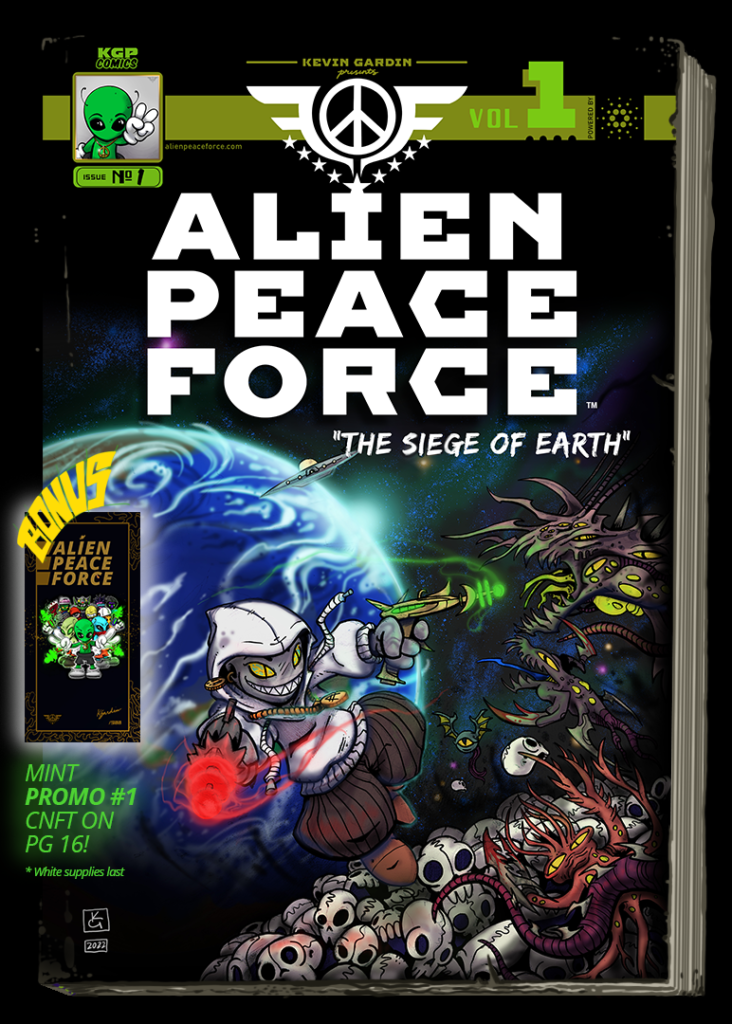Having your own step-by-step guide for a meditation to draw better could be a defining factor in your progress. Using brain scanners we now know that ancient meditation techniques such as those in Zen Buddhism, Yoga, and Judaism have a measurable and profound effect on our attention and emotion regulation. It’s actually not all woo-woo nonsense and gimmicks, nor is it necessarily a religious practice. There are many iterations of it throughout the world.
It has the power to shift your brain wave patterns into creative states, aka Alpha-Theta (3.5-12 Hz) as well as into high Gamma (50-100 Hz). It increases your levels of perception, priority regulation, and focus instantly by requiring you to be still and sit down in darkness. The idea is to get in tune with your body, the present moment, and the rhythm of nature (the Tao/Dao) with controlled breathwork and sometimes visualization. In our hectic lives, we don’t often pay attention to the health of our minds and do not give ourselves even a brief amount of breathing room. Watching TV, sleeping, reading, drawing, scrolling, or going for a walk are NOT the same as meditation, though many confused people will tell you this. Drawing exists in this middle-ground where it can be seen as its own form of meditation. It’s not. It can only be done while awake because you must execute a skill (drawing on paper). Meditation exists in its own right and there aren’t other things that can replace it. We have been created in a way that allows us to do this on demand.
Even a quick 5-10 minute meditation in the morning will reduce your anxiety, muscle tension, and improve your base mood in one shot. It can be a bit like closing unnecessary windows on your PC so it runs faster. Your body gets effected directly by your mind, and this is why stress is so terrible for your overall health. Your body starts to go out of wack and you age quicker and get sick more often. Meditation is something you’ll want in your toolbox just for every day life, but it also helps with putting you in the right mind frame to learn new skills. There’s a reason why meditation goes hand-in-hand with martial arts. You have to be fully in tune with your body to master it. Without the benefits of meditation it can become very hard to learn to draw as a beginner with your mind racing and your frustration quickly building up. It will definitely help you notice when your lack of patience or anger is rising up because it will feel much more disruptive to your tranquil state. Very beneficial!
Learning to draw later in life can be tough because we have built defensive walls up around ourselves. Maybe you have told yourself and others that you could never learn to draw. Maybe you got made fun of for a terrible drawing you did in high school and never tried again. You want your brain-traffic to be flowing smooth through the gate! Your thoughts are still there as passing cars, powerful as ever (doubts, critiques, memories, ideas, etc.), but you will learn to not grasp at them and hold onto them. Many people grasp onto certain negative ideas about themselves so tight that they never let go even after years and years, it’s called rumination. This is to remove yourself from the ruminating mind state that takes your time and focus. Constantly ruminating takes up massive bandwidth and ultimately is not helpful when sketching from life, or at all if you try to escape your comfort zone. You have to reach through the noise.
In life drawing, your proficiency level greatly depends on how you are perceiving what is in front of you. Being in a calm state of mind is indispensable when visually breaking down an object, then drawing it accurately. You will be less prone to rushing and scribbling down some garbage that you know is bad, fueled by anxiety and ruminating thoughts that destroy your confidence. The meditation techniques I use and will describe to you below can bring you into a natural brainwave state shift that will get you into Alpha-Theta waves while remaining in a cheerful and fully awakened state. When you stop meditation and go into “doing” mode, your brainwaves will automatically shift into the Beta-Gamma range and oscillate between the two throughout your day. This will allow you to learn to draw better, yet you will still maintain the benefits of having just been in Theta-Alpha.
Brainwave Chart
Ponder this: When you dream at night (Theta-Delta), your mind produces life-like 3D environments for you for hours, yet when you wake up, many of us can practically lose this ability entirely. How weird. The same organ that produces this experience just appears to shut off. This is largely due to our brains entering a Theta/Delta wave state when we dream and our innate subconscious intelligence rising into our awareness displaying what it knows. Wouldn’t it be helpful to be able to visualize better when trying to draw from your imagination? It’s not so crazy to think that we have these abilities when we see AI image generators like MidJourney and Dall-e creating life-like scenes, is it? After all, somebody programmed it to do that.
BRAINWAVE CHART
Human brainwave frequencies are measured in Hertz (Hz). 1 Hz=1 cycle per second.
GAMMA WAVE (30-100 Hz) – Processing new material, heightened perception at upper end (With meditation practice, see linked video above.)
BETA (12-30 Hz) – Alertness, efficiently performing tasks, conversation, self awareness, drawing, reading, passive listening, problem solving.
ALPHA (8-12 Hz) – Meditation, idle tranquility, calm, relaxed and aware.
THETA (3.5-8 Hz) – Deep relaxation and meditation, dreaming, daydreaming, associated with creativity and intuition. More frequent in children.
DELTA (0.1-3.5 Hz) – Deep dreamless sleep, tissue and brain regeneration.
A Quick Meditation to Draw Better! – 7 Easy Steps
1. Find somewhere quiet and comfortable to sit (No lying down!), maybe with a blanked wrapped around you. I like to put a sleep mask over my eyes to block out all light. Just don’t be cold. It is important to be completely alone, not even a cat to distract you. You don’t want your mind to wander or have to get up to fix something.
2. Play some music like this, try to avoid anything with drums for your meditation. I usually like to light some incense as well but you don’t have to.
3. Hands can be in any common meditation pose. Close your eyes and focus only on your breathing. Count 10 inbreaths and 10 outbreaths. 1-1,2-2,3-3.. and so on.
4. Relax all of the muscles in your face and shoulders entirely. Put on a soft smile for the duration of the meditation and tilt your head upwards slightly. Note any aches and pains your may have. Scan your body from head to toe in your mind in cross-slices like a CT Scanner would, visualizing all of your bones and organs as you move through (Toughest step). Key Point: Avoid tensing up your muscles to try and visualize your body scan, it is counter-productive and will often block you.
5. Attempt to reach at least 30-50 inbreaths/outbreaths starting from 11 and keep your count going. Pay attention to the hot and coldness of the air as you breathe. Don’t let thoughts throw you off track for your counting.
6. List in your mind 10 things you are grateful for today and say them out loud, keep meditating.
7. Reflect on your last drawing or painting and see if you can visualize it accurately in your mind. What were you happy with and what could you do better? Keep meditating until your set time is up. You can continue counting higher if you wish. Time to draw!
Haven’t tried a Drawcademy course yet? If you are new to drawing I suggest this one to start.
I’ve helped tons of people draw better figures using simple stickmen. Learn to draw dynamic stickmen with this article.
Post some comments below about how your drawing meditation went for you!









